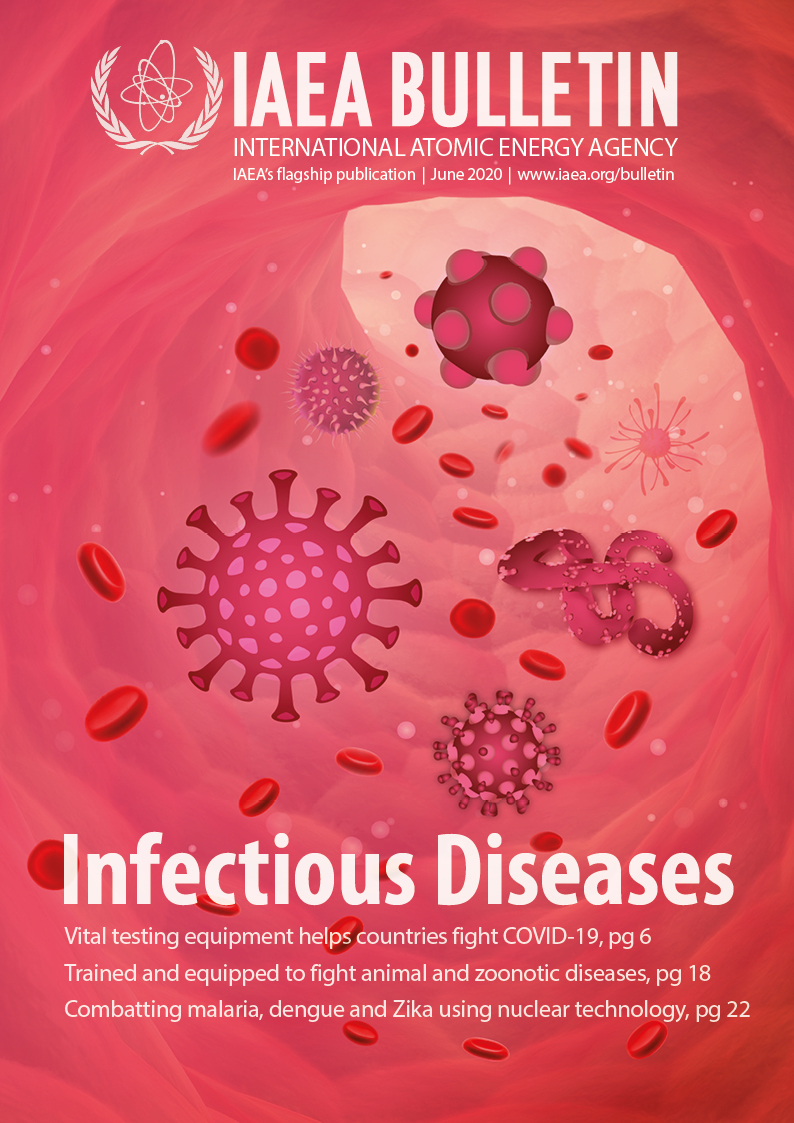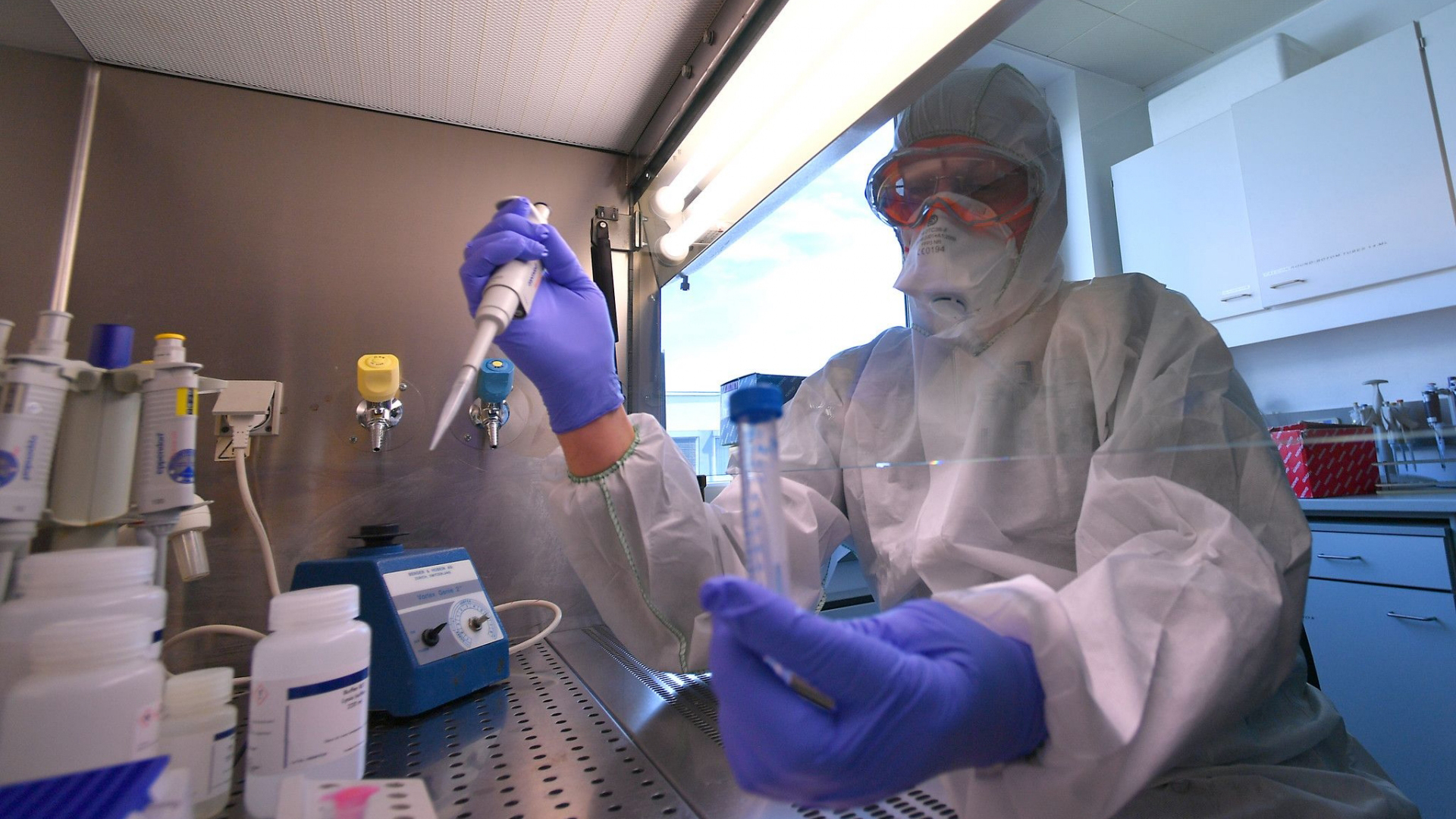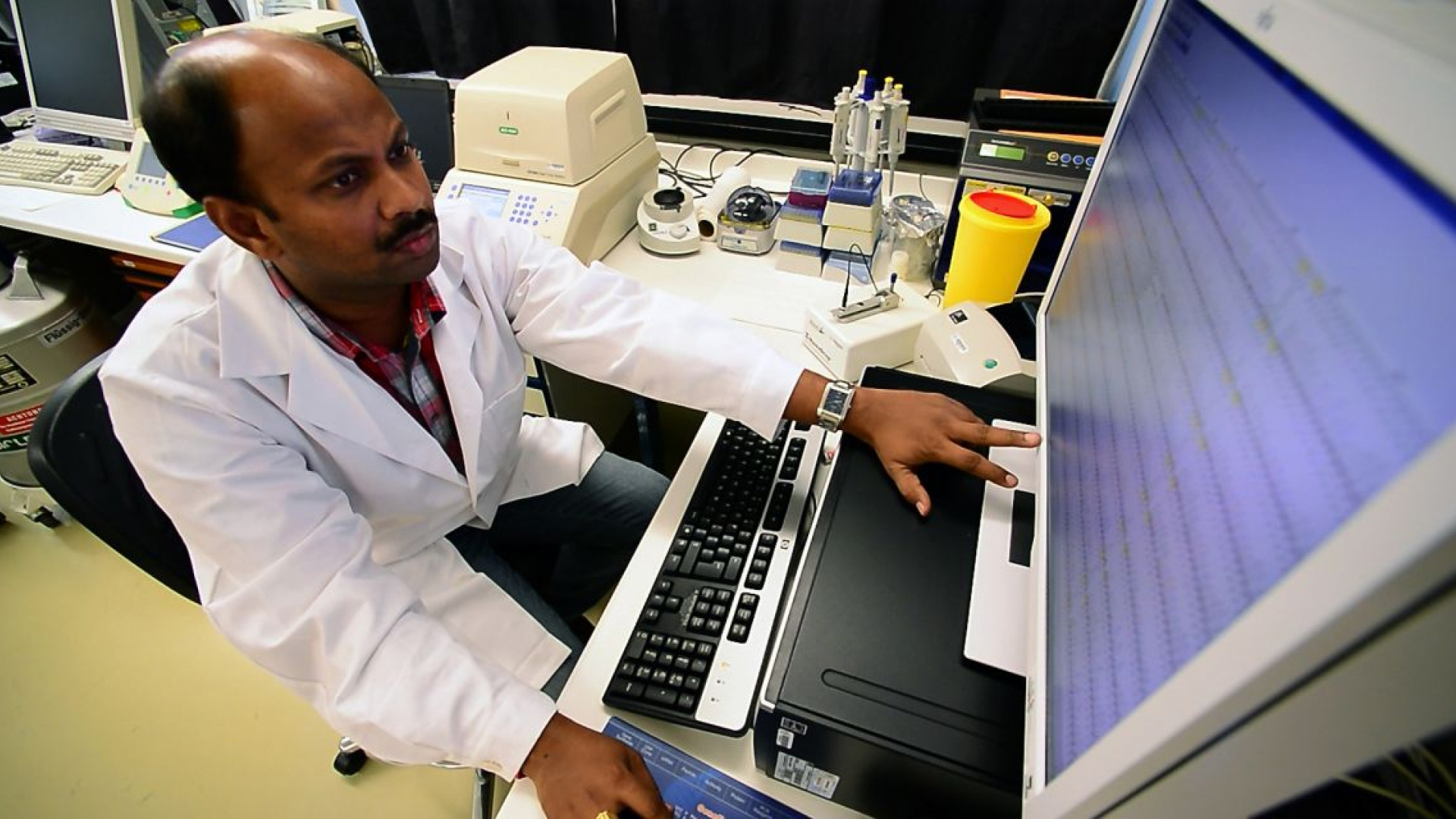Many of the supplies have been for using a nuclear-derived technique called real time reverse transcription–polymerase chain reaction (real time RT–PCR), which can help to accurately detect and identify the novel coronavirus in humans, as well as in animals that may also host it, within hours. Techniques like real time RT–PCR are an important tool in the rapid detection and characterization of viruses like the one causing COVID-19. “Such tools are the only means to have certainty,” said Enrique Estrada Lobato, a nuclear medicine physician at the IAEA.
The IAEA, in collaboration with the Food and Agriculture Organization of the United Nations (FAO), has also provided guidance to countries on the detection of the COVID-19 virus through the Veterinary Diagnostic Laboratory Network, or VETLAB Network, a network of veterinary laboratories in Africa and Asia. The support has included the provision of standard operating procedures to identify the virus in line with WHO recommendations.
The IAEA has also taken part in the WHO-led COVID-19 United Nations Crisis Management Team (CMT), which was launched in February 2020 following the activation of the United Nations crisis management policy. Comprising high-level representatives from 23 agencies and organizations within the United Nations system, the CMT has met on a weekly basis to communicate key information and analyze and prioritize emerging issues, as well as to coordinate strategies, policy decisions and plans and agree on joint action to optimize the United Nations’ response to the COVID-19 global pandemic. In addition to regular meetings and communication, the CMT works with existing coordination efforts for the outbreak and has dedicated workstreams related to the pandemic, including health, travel and trade, national action planning, critical supply chain management and external communication.
The assistance provided to countries by the IAEA in tackling COVID-19 has been delivered through the IAEA’s technical cooperation programme, which supports the peaceful application of nuclear technology in areas such as human and animal health.
In addition to its own resources, the IAEA has used extrabudgetary funding for its emergency COVID-19 assistance. Donor countries continue to make extrabudgetary financial contributions to the IAEA for this purpose, and, as of early May 2020, more than €15.5 million in contributions had been made. Funding has also been provided through the IAEA’s Peaceful Uses Initiative.
“The IAEA takes pride in its ability to respond quickly to crises, as we did in the recent past with the Ebola, Zika and African swine flu viruses,” said Mr Grossi in a statement to the IAEA Board of Governors in early March 2020. “Contributing to international efforts to deal with the coronavirus will remain a priority for me as long as the outbreak persists.”
The testing infrastructure developed through the IAEA’s emergency assistance to address COVID-19 will also help countries deal with other animal and zoonotic diseases in the future. This is part of the IAEA’s broader efforts to support countries in preventing, handling and pre-empting disease outbreaks worldwide.


